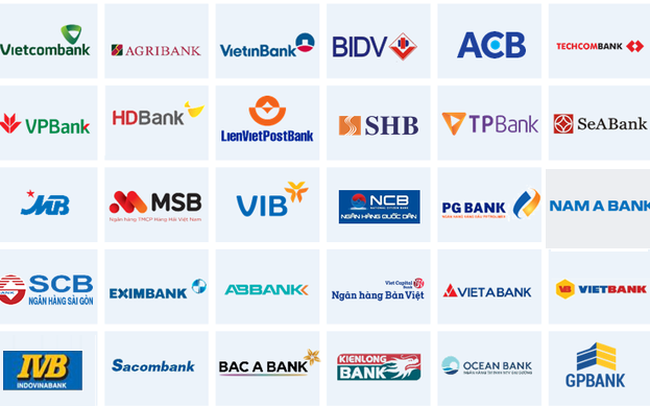Nascent model of open banking entices institutions
Nascent model of open banking entices institutions
Financial institutions are placing premiums on open banking services following global trends – but the cutting-edge implementation is fraught with obstacles owing to a flimsy legal framework.

Nguyen Quoc Hung, general secretary of the Vietnam Banks Association (VBA), assessed that open banking is a potential business model that helps banks access a wide range of customers at low cost through partners’ applications, build optimal solutions, and provide the most comprehensive and convenient services for customers.
“Open banking also contributes to connecting and integrating banking services into all areas of life, such as payments for electricity and water bills and telecommunications, as well as healthcare, education, and other online public services,” Hung said. “At the same time, lenders can create personalised products and services, thereby increasing customer loyalty. In addition, access to customer data helps banks to accurately score customer credit.”
Can Van Luc, BIDV’s chief economist, believed that open banking is a fairly novel concept as Asian banks only began experimenting with this approach in the last few years.
“The contribution of this segment to the overall banking operation is currently insignificant,” Luc said. “However, in the near future, the growth rate is forecast to be rapid. Mobile banking is growing very fast, with e-commerce forecast to grow by 25-30 per cent in the next two years. So, the potential for open banking is enormous.”
Likewise, deputy general director of VietinBank, Tran Cong Quynh Lan, said that the bank has been working on an open banking implementation strategy since 2017.
“As of now, 148 different services from 116 partners have been made available thanks to VietinBank’s open banking platform. An average of more than 12 million financial transactions are carried out on the iConnect platform each month,” Lan said. “Open banking is of the utmost importance to VietinBank’s digital transformation journey.”
As Lan underscored, the lack of a complete regulatory framework for open banking in Vietnam would be a substantial impediment to banks’ efforts to implement these collaborative services.
However, there are currently no official norms for open application programming interfaces or what type of services can use what data partners, among other open questions. Simultaneously, there is no standard for IT systems, data storage, security, or connection.
Due to its relative infancy in Vietnam, special precautions would have to be taken to minimise the hazards, warned Hung of the VBA. “In order to ensure that this profession has a strong base upon which to grow, it is imperative that the legal structure that governs it be continually enhanced,” Hung stated.
A representative from Viet Capital Bank told VIR that, as a customer-centric bank, it aims to provide convenient and seamless services to its customers.
“With that goal in mind, cutting-edge technology such as AI and open banking are excellent instruments for us to facilitate more tailored services for customers. For example, consumers may be offered term deposits if their current account balance is more than the amount typically required for daily payment needs,” the spokesperson said.
Pham Tien Dung, Deputy Governor of the State Bank of Vietnam, said that the existing legislative framework for open banking in Vietnam is in place, but it is not sufficient to meet the evolving needs of the current state.
The provisions are scattered throughout some major laws, such as on electronic transactions, credit institutions, cybersecurity, and several more. Some documents on handling violations related to personal information also have content on the issue.
“Involved authorities must coordinate and comment on the drafted governmental decrees on data protection, personal identification, and electronic authentication in the coming months so that the documents issued will be thoroughly updated,” Dung said.





















